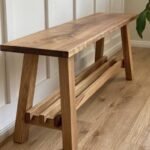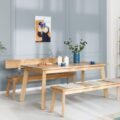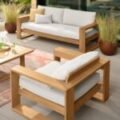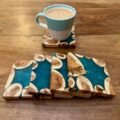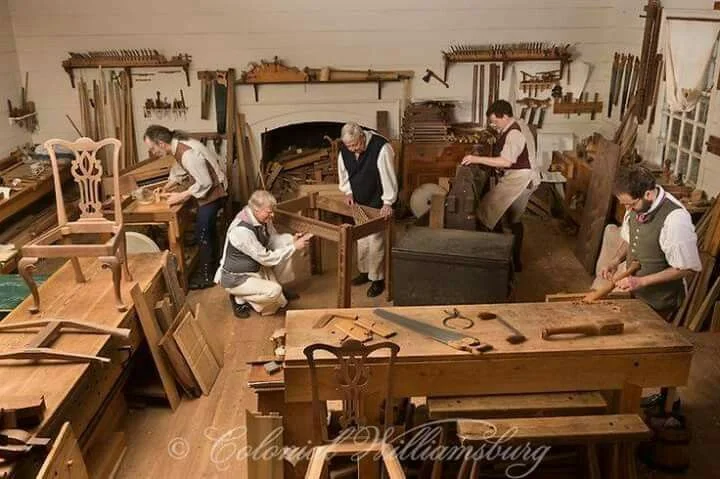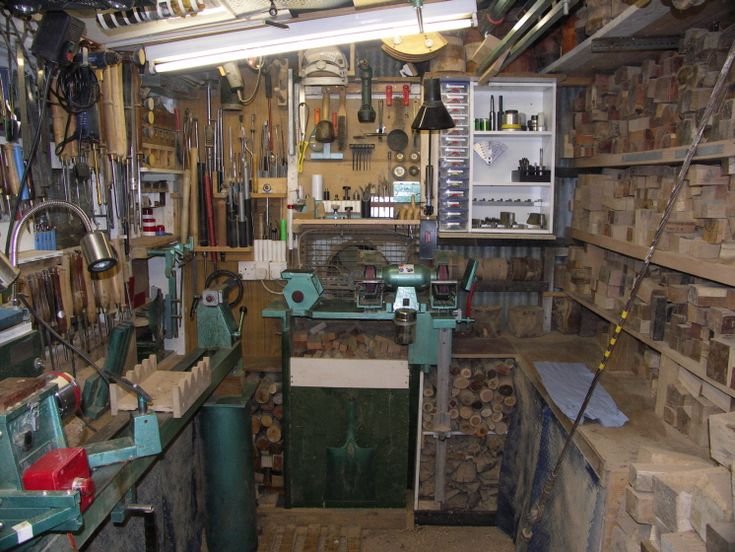Finding My Groove with Farrow & Ball
So, there I was, sitting in my little garage, coffee cup in hand, the smell of fresh sawdust wafting through the air. You know that smell, right? It’s like a warm hug for the soul. I was staring at this piece of wood I had salvaged from an old barn down on Maple Street. It’s a gorgeous piece of pine, all weather-worn and rustic, but I was losing my nerve. I had a vision—turning it into a stunning shelf for my living room—but I knew I needed the right color to really bring it to life.
You see, I’d been hearing a lot about Farrow & Ball. Friends had raved about their paint, saying it was more like an experience than just a can of color. At first, I thought it was a bit ridiculous, but I couldn’t help myself. So, there I was in my head thinking I could make my own little masterpiece, but boy, was I naive.
The Search for the Perfect Shade
I started browsing through the colors on their website, feeling a bit like a kid in a candy store. There were so many intriguing names—Old Ochre, Railings, and, of course, all those lovely “noir” shades. I finally settled on “Hague Blue.” Sounds fancy, right? I imagined it contrasting beautifully with the natural wood tones. In my mind, it was just going to be flawless.
But here’s what they don’t tell you—picking a color is nothing compared to actually painting it. I had my brush and roller all ready, and I even got a high-quality paint sprayer because it felt like using a brush would take forever. Spoiler alert: that sprayer turned out to be one of the biggest headaches of my life.
A Lesson in Patience
You’d think it’s straightforward, right? Just load the sprayer, pull the trigger, and voila! Instant coverage. But between the loud humming noise that kept startling the dog and the paint getting everywhere, I started to think maybe I had bitten off more than I could chew. Seriously, I almost gave up when the paint started running down the sides faster than I could catch it. And there I was, squatting in my garage, covered in blue paint, muttering to myself like a crazy person.
Eventually, taking a deep breath, I slowed down. I let the sprayer dry out for a bit and decided to approach the project with a bit more love and care. I went old school, grabbed my trusty brush, and instead of layering it on thick, I started with thin, even coats.
The Moment of Truth
Oh man, when that first coat of Hague Blue dried, my heart raced! I mean, it looked beautiful. So rich and deep. It was like the wood was smiling back at me. But then, of course, I realized the imperfections in the wood were accentuated by the paint. I could see the knots and grooves that I didn’t notice before, and for a fleeting moment, I started to second-guess my whole project.
But isn’t that life? We always want things to be perfect, but what’s perfect anyway? So I went with it, highlighted those rustic features instead of trying to cover them up. I added another layer and, surprisingly, those knots just added character. I laughed when it actually worked—who would’ve thought those rust spots would go from flaws to features?
Finishing Touches and the Smell of Satisfaction
Once it dried, I sanded down a few rough edges, and let me tell you, the sound of sandpaper against that wood is a little therapeutic. Almost satisfying. I finished everything off with a nice clear coat to protect it. When I stepped back to admire my work, coffee steaming beside me, I couldn’t help but feel a little proud.
Wrap-Up and Taking the Leap
Here’s what I’ve figured out through this whole wild journey: If you ever find yourself considering diving into a project like this, just go for it. Don’t sweat the small stuff. That grain in the wood? Those little dips and knots? They’re just a part of its story—kinda like ours, right? Those imperfections are where the magic happens. I wish someone had told me this earlier, but I guess that’s how we learn—by messing up a little, laughing about it, and then realizing we can embrace it.
So, pour yourself that cup of coffee, grab some Farrow & Ball, and dive into your project. You’re going to stumble, but that’s just part of the joy in building something that’s really you. Trust me, it’s worth it.


